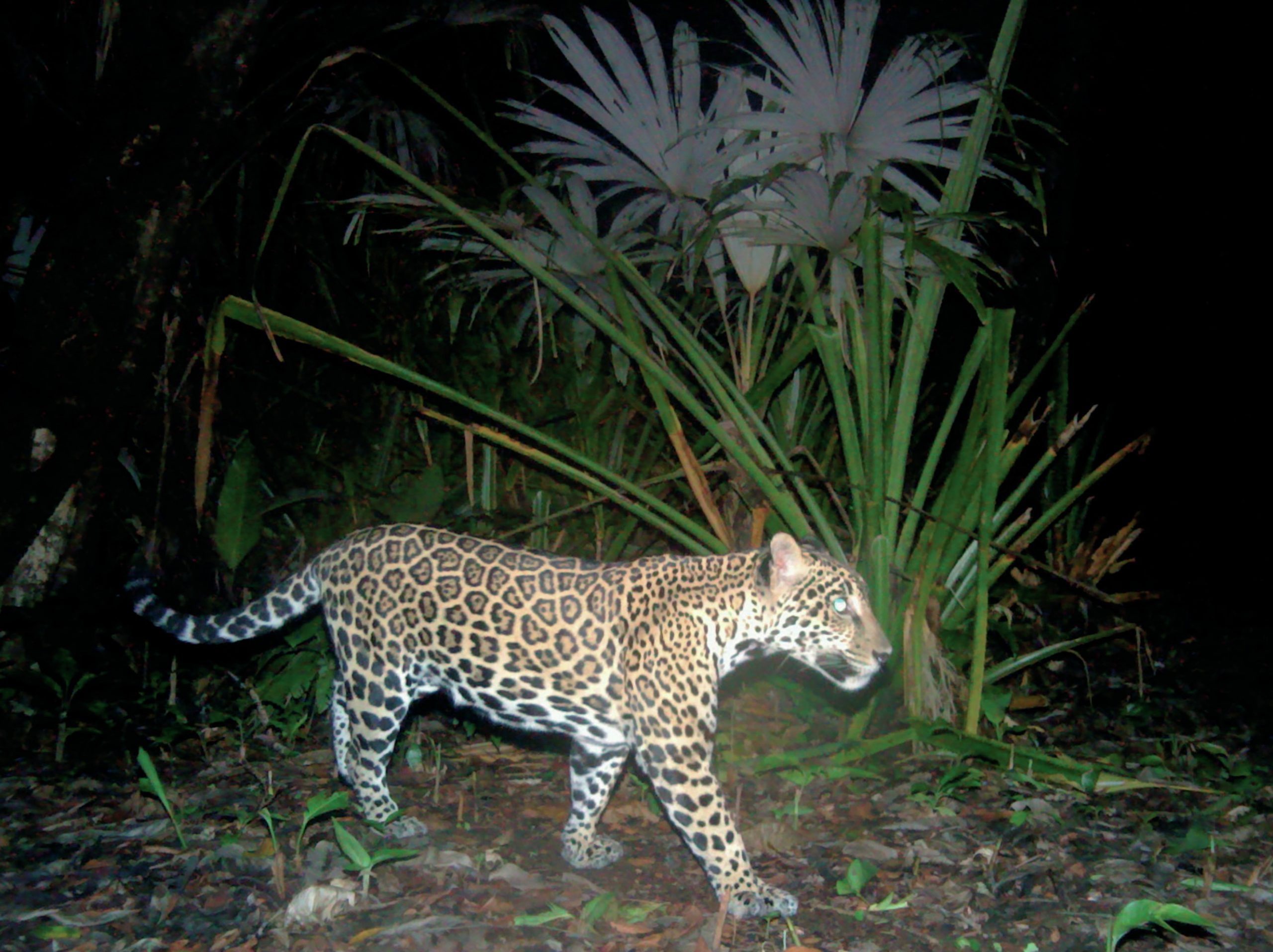
Pawprints in the sand so fresh you can see every detail, even in the rain. Claw marks in trees with sap still oozing from them. A distinctive pungent scent, reminiscent of sweat and cooked onions. A primal shiver runs through you as you realise a jaguar has passed through just minutes before. Tortuguero National Park (see Box 1) is one of the few places in the world where these big cats prey on sea turtles, dragging them from the beach into the jungle as they come ashore to nest. Coastal Jaguar Conservation (CJC) studies this unusual relationship between an apex predator and its reptilian prey in Tortuguero National Park, on the Caribbean coast of Costa Rica.
Conservation
Your organisation does not have access to this article.
Sign up today to give your students the edge they need to achieve their best grades with subject expertise
Subscribe




